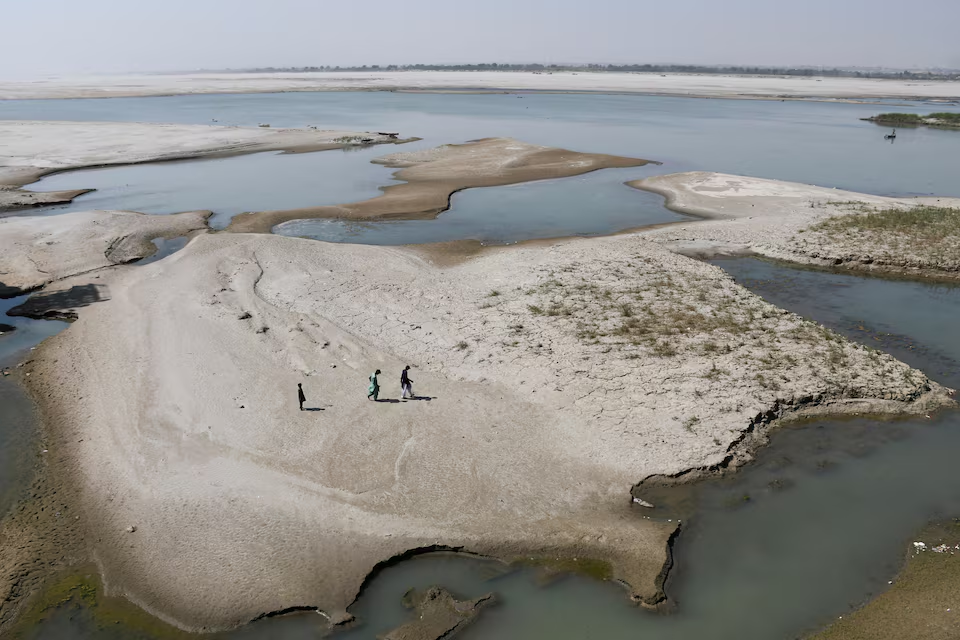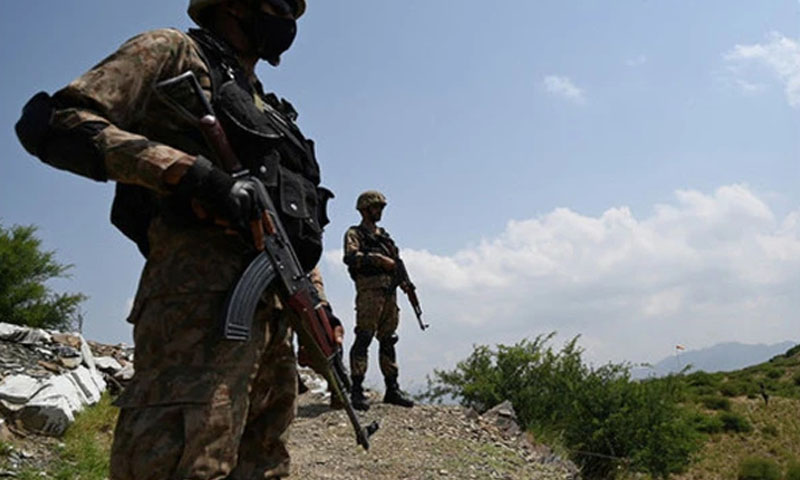- Web Desk
- 7 Hours ago
Pakistan’s Indus: lifeline, struggles, and survival
-

- Web Desk
- Aug 27, 2025

As floods swell the tributaries that feed the mighty Indus, this river is more than a geographical feature for South Asia and not just Pakistan. It is the country’s lifeline, shaping its landscapes, feeding its people, and powering its cities. From its icy origins in Tibet to its wide delta along the Arabian Sea, the river sustains a nation that has always depended on water to survive. Yet, as climate change, sedimentation and infrastructure constraints take their toll, the Indus story today is not only about majesty and abundance but also about loss and the urgent need for management.
The journey of the Indus
The Indus begins near the sacred Kailash mountain range in Tibet, flowing through Ladakh before entering Pakistan in Gilgit-Baltistan. There, it roars down from the mountains of Gilgit, Skardu and Diamer, carving valleys and creating pathways for settlements. In Lower Kohistan, steep cliffs hem the river in, while the small town of Bisham rests on its banks, connected to the Karakoram Highway.
PM Sharif chairs high-level meeting on flood preparedness
As the Indus travels through Khyber Pakhtunkhwa, it powers Tarbela Dam, Pakistan’s largest hydropower project and a critical source of irrigation water. From here, the river flows past the historic Attock Fort, merging with the Kabul River before entering Punjab. Its waters swell dramatically, nourishing the farmlands of Mianwali, Dera Ghazi Khan and Rajanpur.

Crossing into Sindh, the Indus is tamed by three massive barrages: Guddu, Sukkur and Kotri. These structures distribute water to one of the world’s largest canal networks, sustaining millions of acres of farmland. Finally, at Thatta, the river empties into the Arabian Sea, creating the Indus Delta, a fragile ecosystem of mangroves and marine life now under stress from reduced freshwater flows.
Shrinking reservoirs, rising concerns
While the Indus continues its timeless journey, the ability to harness its waters is being undermined. In just five months this year, Pakistan lost more than 11.4 million acre-feet (MAF) of water to the sea — an amount that could irrigate vast tracts of farmland if stored.
At present, the country’s reservoirs hold only 11.5 MAF of water, even as more than 200,000 cusecs continue to flow unchecked into the sea daily. The Mangla Dam on the Jhelum River is currently at three-quarters capacity, storing 5.6 MAF against its maximum of 7 MAF. More troubling is the decline of Tarbela Dam, which was designed to hold over 8 MAF when built in the 1970s but now stores just 5.8 MAF due to sedimentation.
India notifies Pakistan about rising water levels in Sutlej, Ravi, and Chenab Rivers
The Indus River System Authority (IRSA) has warned that Tarbela’s shrinking capacity forces higher water releases, wasting precious reserves. On the Chenab River, the absence of a major storage dam means floodwaters often bypass agriculture and flow straight into the Arabian Sea. From Chashma to Kotri, barrages are experiencing high flood levels, but without sufficient upstream storage, Pakistan remains vulnerable to both drought and flood cycles.
The barrages and headworks network
To understand how water flows across Pakistan, one must look at its vast network of barrages and headworks, engineering marvels that regulate rivers, channel water into canals, and protect against floods.
In Punjab, Marala Headworks in Sialkot and Khanki near Wazirabad, both on the Chenab River, handle around 1.1 million cusecs each. Balloki on the Ravi has a capacity of 350,000 cusecs, while Sulemanki on the Sutlej can manage nearly 400,000 cusecs. Qadirabad Headworks near Mandi Bahauddin directs water into major canals, with a control capacity of 900,000 cusecs.
FM Dar, UK lawyers form task force to back Pakistan on Indus Water Treaty
Sindh is home to Pakistan’s most critical barrages. Sukkur Barrage, capable of handling 1.5 million cusecs, feeds a canal system that irrigates millions of acres. Guddu Barrage in Kashmore (1.2 million cusecs) and Kotri Barrage near Hyderabad (850,000 cusecs) ensure regulated flow further downstream.

Other vital structures include Trimmu Barrage in Jhang, which manages the combined waters of the Chenab and Jhelum; Taunsa Barrage in Dera Ghazi Khan, a lifeline for southern Punjab and Balochistan; and Chashma Barrage in Mianwali, which supports both irrigation and a reservoir ecosystem for fisheries and migratory birds. In Bahawalpur, the Panjnad Barrage channels water to some of the most arid parts of Punjab, turning semi-desert into farmland.
Why it matters
This intricate system ensures that Pakistan’s rivers do more than just flow — they feed. Together, the Indus and its tributaries irrigate more than 80 percent of Pakistan’s cultivated land. The barrages and headworks distribute water to millions of farmers, powering one of the world’s largest canal irrigation systems. Hydropower projects, from Tarbela to upcoming dams in the north, light up cities and industries.
KP cabinet approves grand operation against illegal gold mining in Indus River
Yet the challenges are stark. Sedimentation is eating away at storage capacities, reducing resilience against drought. Climate change has made flows erratic — with sudden floods alternating with prolonged dry spells. The Indus Delta, once a thriving ecosystem, now suffers from reduced freshwater, endangering mangroves, fisheries, and coastal communities. And without new storage projects on rivers like the Chenab, Pakistan continues to waste water that it cannot afford to lose.
The road ahead
The story of the Indus is both timeless and urgent. For centuries, it has shaped civilizations, from Mohenjo-Daro to modern Pakistan. Today, it sustains over 220 million people, yet its future depends on better management. Expanding reservoir capacity, building new dams, and modernising canals could help capture wasted flows. Protecting the Indus Delta is equally vital for ecological balance.
Gurdwara Darbar Sahib Kartarpur submerged as floods swell Ravi
From its icy birth in the mountains to its wide embrace of the Arabian Sea, the Indus is not just a river,fche it is Pakistan’s lifeline. But if shrinking reservoirs, sedimentation, and climate pressures remain unaddressed, the river that has always given life could also expose the country’s vulnerabilities. The Indus journey, in all its majesty and fragility, is ultimately Pakistan’s own.




